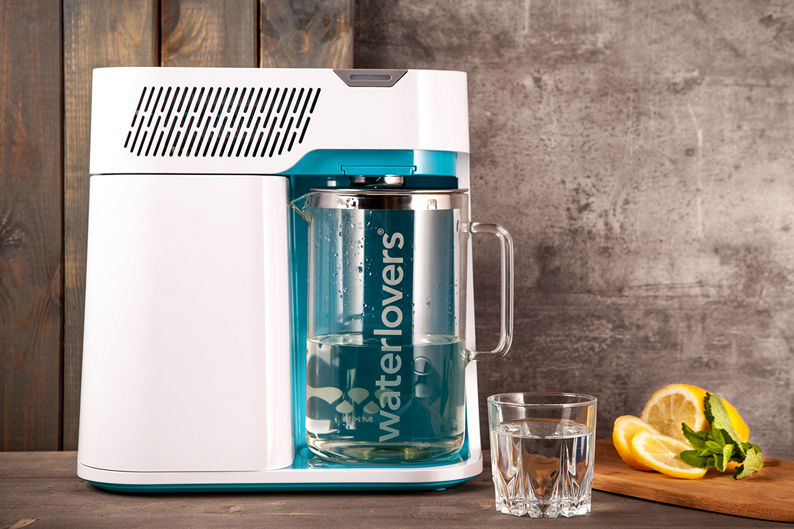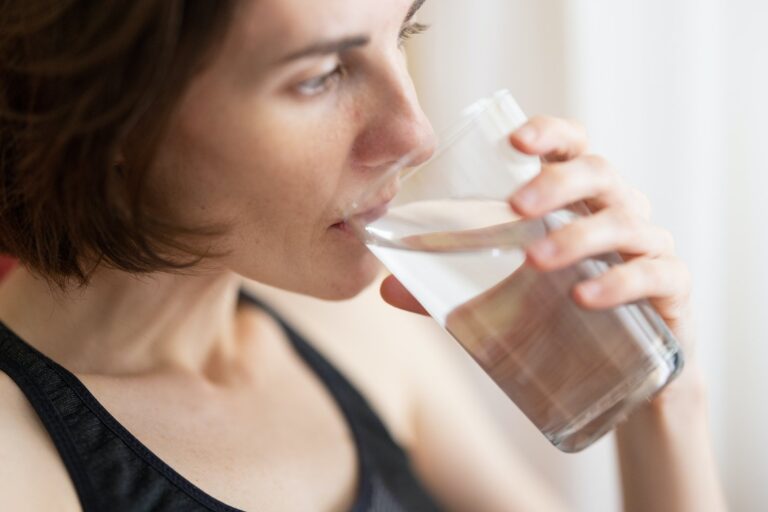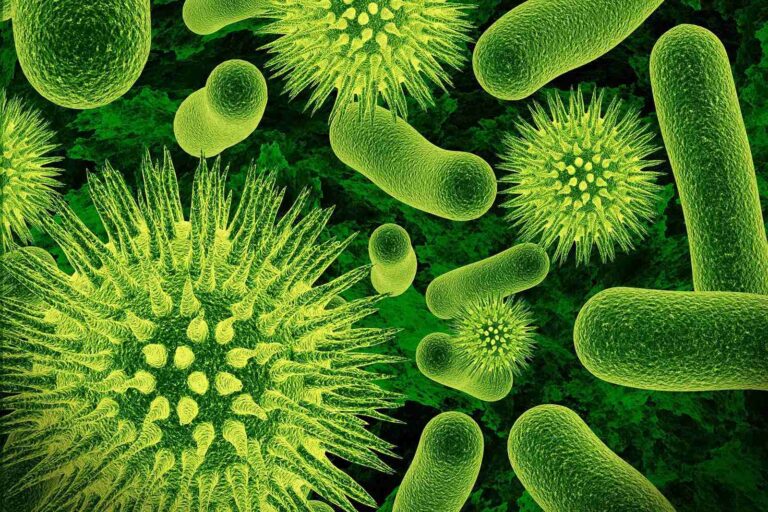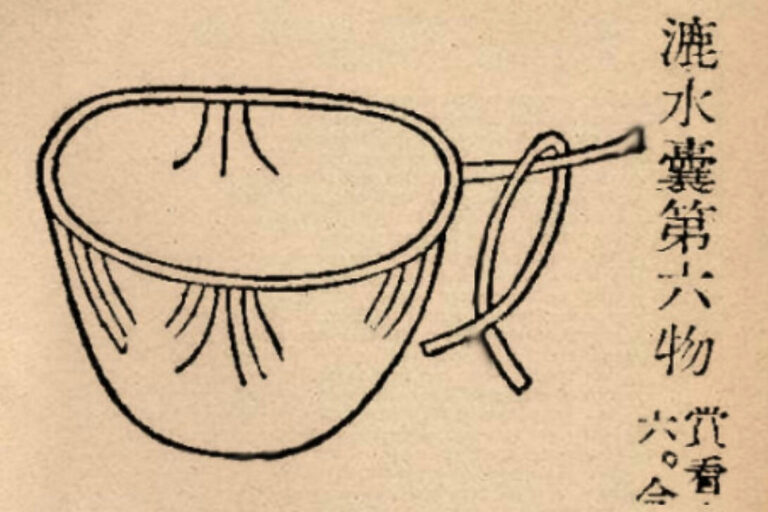Water, the quintessential elixir of life, is an indispensable constituent for the sustenance of human beings. Ensuring that the water we consume is uncontaminated and secure is of utmost importance. In numerous developed nations, tap water has become the predominant source of drinking water for households. Nevertheless, apprehensions regarding the safety and purity of tap water have spurred individuals to venture into alternative avenues, such as bottled water and filtration systems, in their quest for access to clean drinking water.
What is in Tap Water?
While tap water may be perceived as a secure potable resource in the majority of developed nations, it is by no means entirely devoid of impurities, thus potentially giving rise to serious health hazards. Even after undergoing various forms of treatment, tap water is susceptible to being adulterated by a litany of harmful substances, including but not limited to aluminum, copper, lead, herbicides, and many others, all of which are known to pose a significant threat to human health and well-being. As elucidated by the a renowned corporation, leading authority in water quality analysis, the perils associated with tap water are manifold, and warrant close attention and rigorous remedial measures to ensure the safety and protection of public health.
For instance, overconsumption of copper has been linked to liver and kidney damage. As for lead, which commonly comes from water pipes, it can have serious and long-lasting effects on young children, pregnant women, and adults alike.
The issue of lead contamination has been widely reported in cities across the United States, with Flint, Michigan, being one of the most infamous cases of government neglect leading to a severe public crisis. Pittsburgh, Pennsylvania, and Milwaukee, Wisconsin, have also encountered similar problems with lead. Additionally, rural areas in low-income regions, particularly in Oklahoma and Texas, have been found to have highly contaminated water (The New York Times).
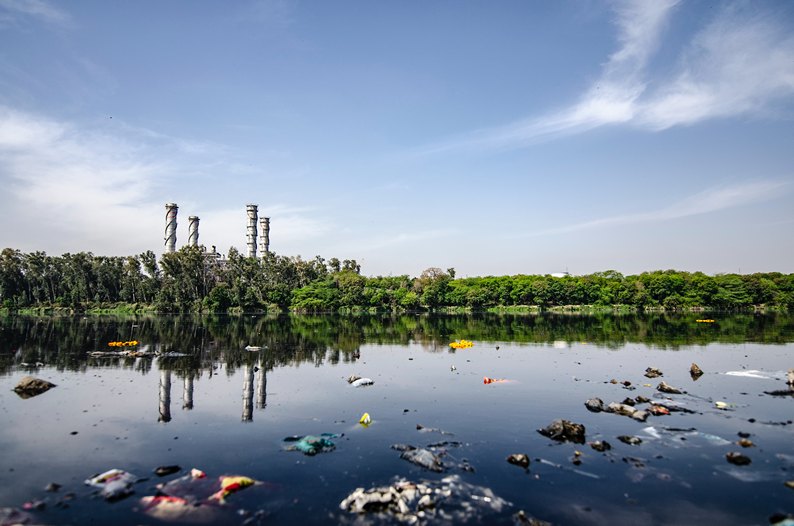
Not only can tap water contain foreign substances, but it’s also important to bear in mind that it may house byproducts generated during the treatment process. The introduction of chlorine into the water system results in the production of halogenated disinfection byproducts (DBPs), which, as per studies, are associated with a higher risk of developing bladder cancer as well as reproductive and developmental effects.
To make matters worse, pharmaceutical compounds have been detected in water sources infiltrating via the wastewater infrastructure, either through human waste (in toilets) or when individuals dispose of their medications by flushing them down the drain. The World Health Organization said that consuming trace amounts of drugs in our water supply may have unknown effects on the long run, making it a highly unsuitable choice for daily consumption. Although typical chlorination applied to tap water removes around 50% of pharmaceuticals, the amount of elimination varies depending on the specific drug.
It is worth noting that each city’s water supply has its own unique mixture of pollutants. To access the report of your locality, you can use the Environmental Working Group’s (EWG) Tap Water Database. Furthermore, you may consult the EPA’s regulations list for information on contaminants and their permissible levels.
The Complexity of Tap Water Regulation and Monitoring
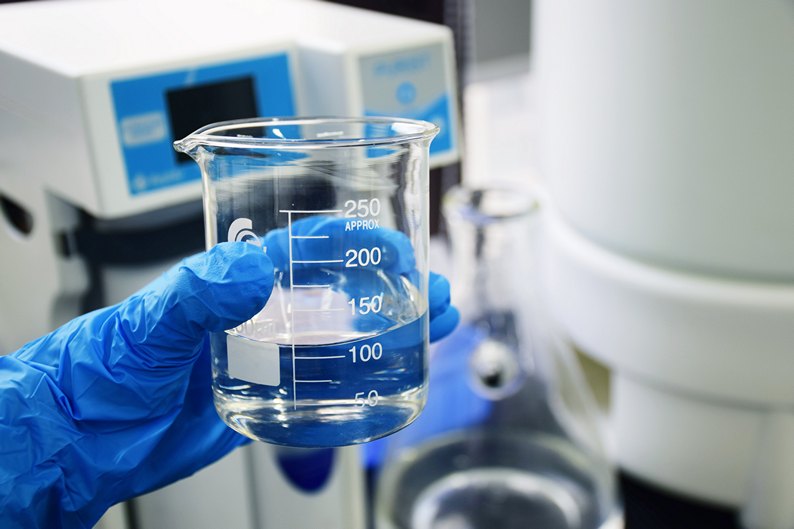
The multifaceted task of regulating and monitoring tap water is a weighty responsibility that involves a labyrinthine network of government agencies. The foremost federal entity entrusted with the pivotal role of establishing and enforcing national drinking water standards under the Safe Drinking Water Act (SDWA) is the Environmental Protection Agency (EPA). This monumental task involves setting maximum contaminant levels (MCLs) for a staggering range of over 90 contaminants, including microorganisms, disinfectants, disinfection byproducts, inorganic chemicals, and organic chemicals. The establishment of these MCLs entails rigorous and meticulous scientific research and risk assessments that take into account the insidious and pernicious health effects of exposure to these contaminants over the course of a lifetime.
However, the EPA is not the sole arbiter of this process. State and local governments also have a vital role to play in regulating and monitoring tap water. States are tasked with the duty of implementing the SDWA and enforcing drinking water regulations within their jurisdictions. Local water utilities are also charged with the vital responsibility of monitoring the quality of the water they provide to their customers and dutifully reporting their findings to the state regulatory agency.
This monitoring process requires a wide array of regular testing for numerous contaminants, ranging from the infamous lead, to bacteria, and a panoply of other substances. The frequency of testing and the types of contaminants tested vary, depending on the size of the water system and the source of the water. Larger systems serving more than 10,000 people are obligated to test more frequently and for a larger number of contaminants than smaller systems.
However, it is imperative to note that the SDWA is only applicable to public water systems that cater to more than 10,000 people. Smaller systems are not governed by the SDWA and are monitored less frequently for a smaller number of contaminants. This means that residents of small communities may need to take additional precautions to ensure the safety of their drinking water, such as installing home water treatment systems or relying on bottled water.
Overall, it is indisputable that the regulation and monitoring of tap water is an indispensable process that serves to guarantee the safety and quality of our drinking water. Although no system is infallible, the combined efforts of federal, state, and local oversight, as well as technological advancements in water treatment, have made tap water a relatively safe and expedient option for the majority of Americans.
Alternatives to Tap Water: Environmentally-Friendly Options to Find Clean Drinking Water and
Although tap water remains the most prevalent source of household drinking water worldwide, there exist alternative options for those seeking a departure from the norm. Bottled water, for instance, has gained widespread popularity as an alternative to tap water. Yet, despite the common belief that bottled water is cleaner and safer than tap water, it often fails to live up to its perceived benefits. In actuality, bottled water is frequently nothing more than tap water that has been bottled and sold at an inflated price.
What’s more, regulations for bottled water are less strict than those for tap water. The Environmental Protection Agency (EPA) oversees the quality of tap water, whereas the Food and Drug Administration (FDA) oversees bottled water. However, the FDA’s regulations are not as stringent as the EPA’s, making bottled water more susceptible to contamination.
The production and transportation of bottled water also bear a significant environmental burden, contributing to carbon emissions and climate change. Not to mention, the plastic bottles used to package bottled water are often not recycled, ending up in landfills or oceans where they can take hundreds of years to decompose.
Fortunately, there are various alternatives to bottled water that are healthier and more environmentally friendly. Glass bottles or reusable containers can be used repeatedly, reducing waste and saving money in the long run. Glass, unlike plastic, does not leach harmful chemicals into the water, making it a safer alternative. Additionally, water filtration systems can remove impurities from tap water, rendering it safe to drink. These filtration systems are available as both home installations and portable options.
When it comes to water filtration systems, a plethora of options exist. The YAMIZU filter, for instance, is designed to effectively remove heavy metals, bacteria, and other harmful substances from tap water. By doing so, it provides a reliable and effective means of improving water quality and get clean drinking water.
In conclusion, opting for glass bottles or reusable containers and utilizing water filtration systems represent excellent alternatives to bottled water. These alternatives can improve drinking water quality, reduce waste, and even save money in the long run.



